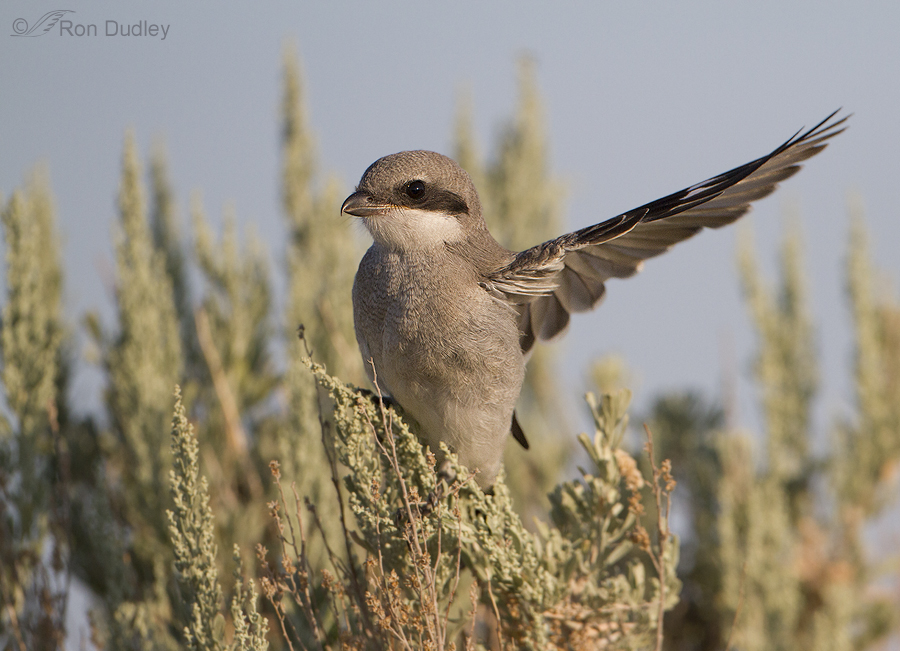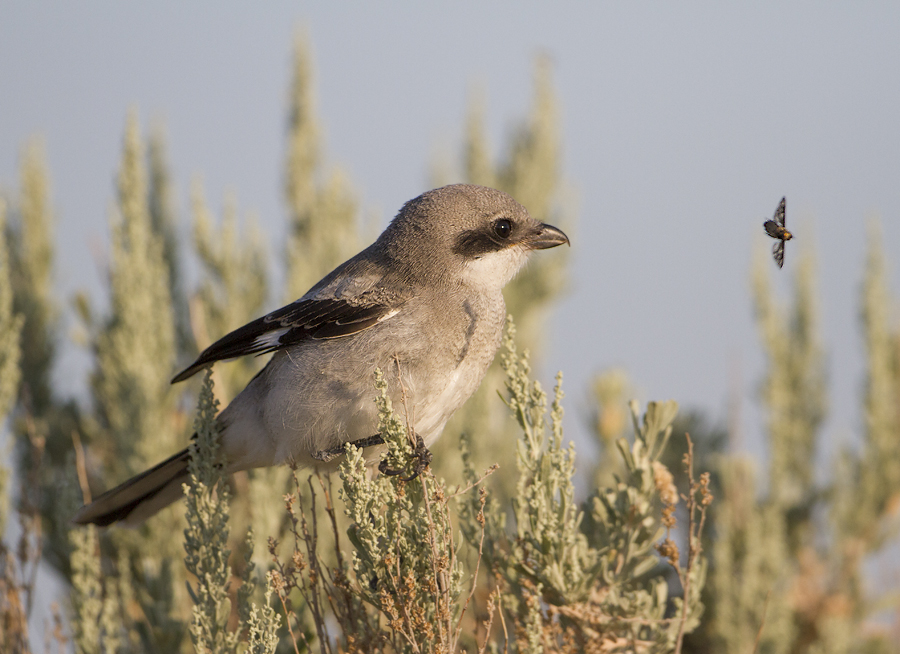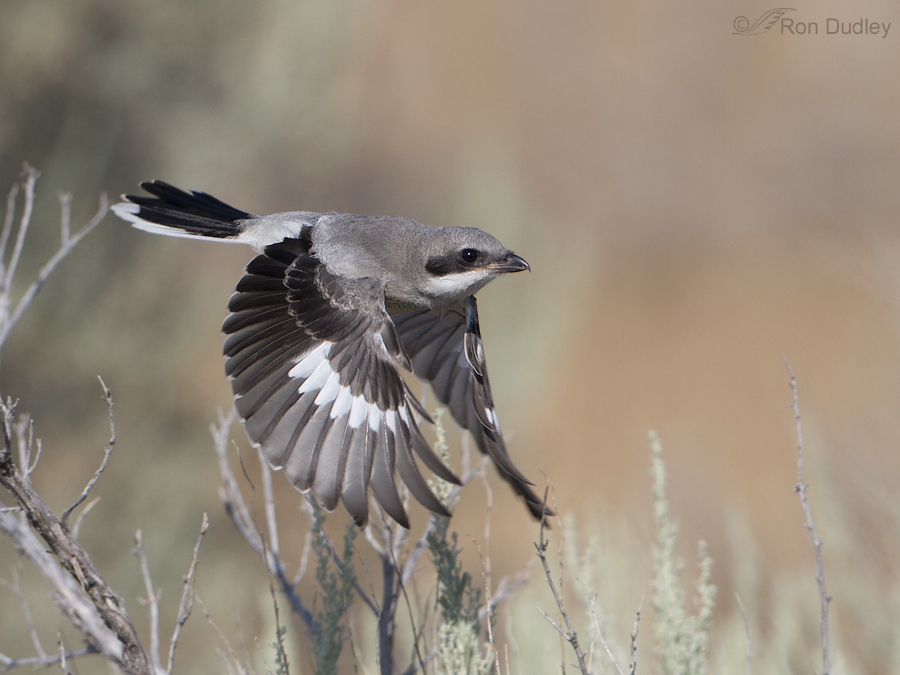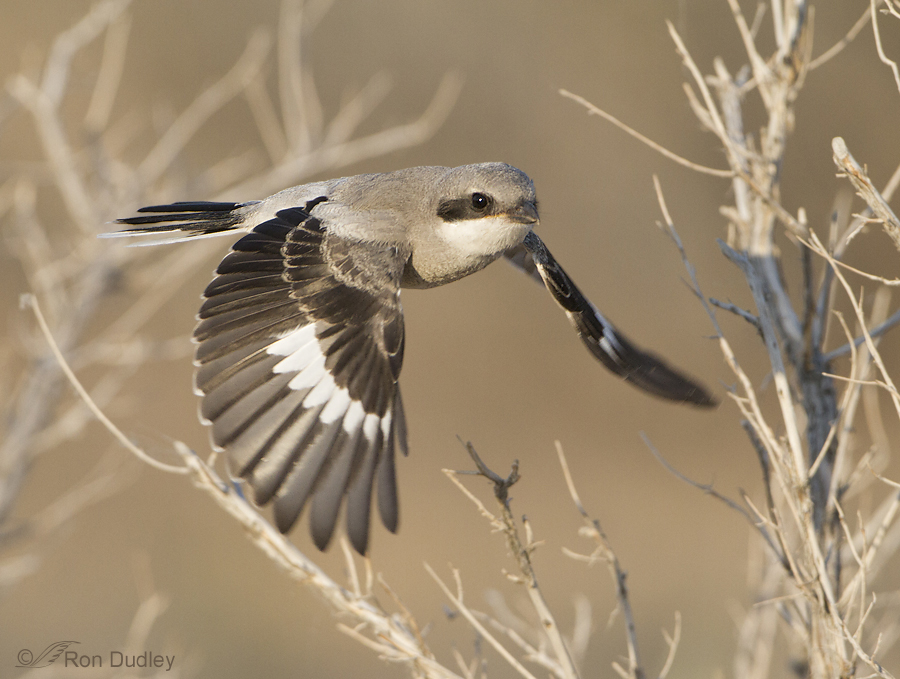Fledgling Loggerhead Shrike Begging For Food

I photographed a family of very cooperative Loggerhead Shrikes last week on Antelope Island. The young birds had already fledged and were very actively exploring their world, strengthening their wing muscles by flying from perch to perch and testing a variety of objects for their potential food value.
And they were gutsy! Several times a juvenile landed on the tailgate of my pickup as you can see here.




